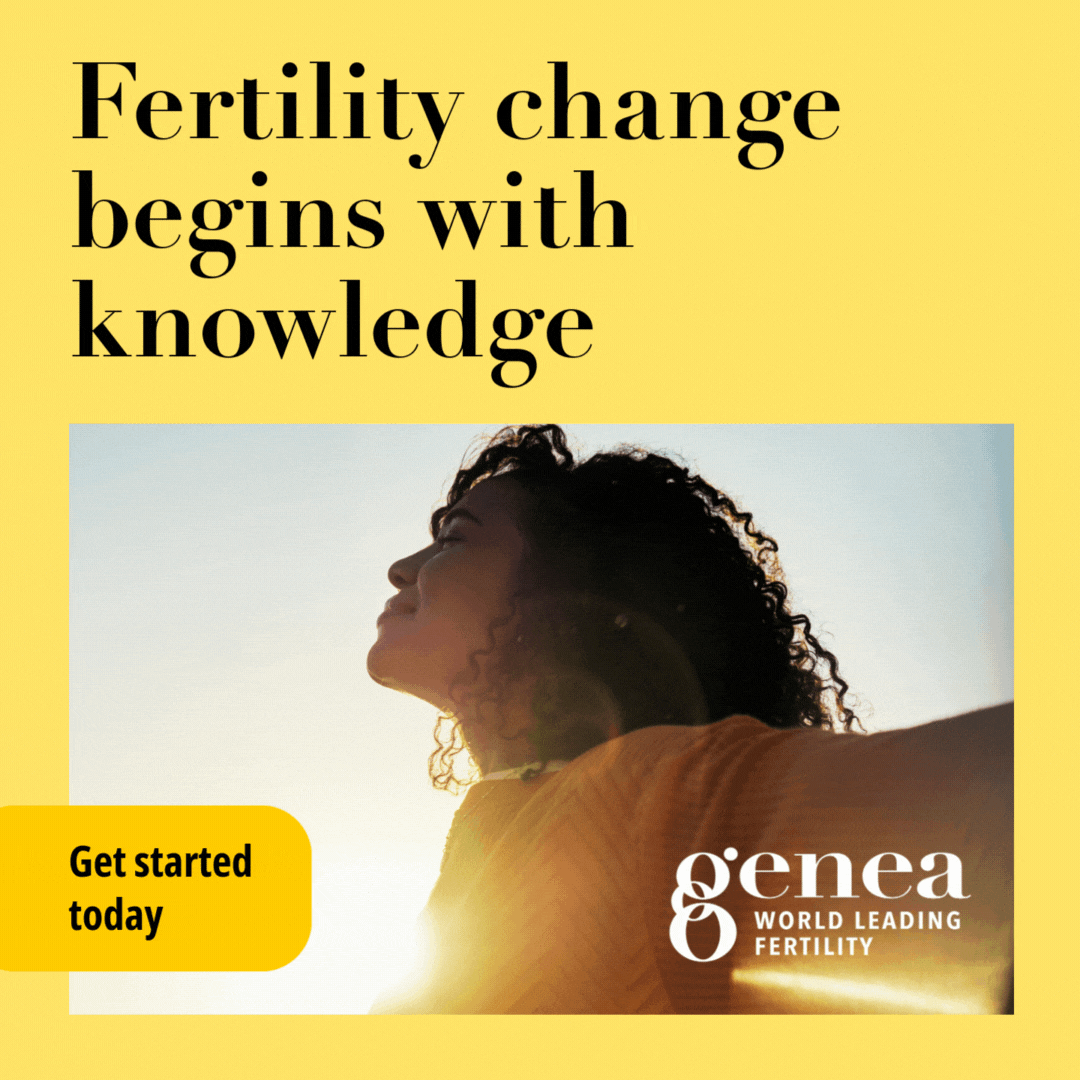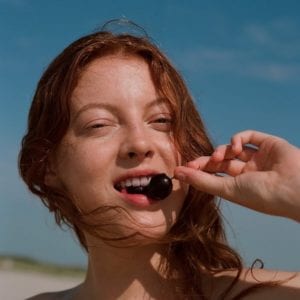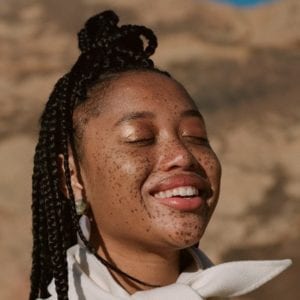Lorrimer moved to New York from Australia 7 years ago to further her career in fashion photography and has not stopped since. Her photographic work is now sought after internationally and has appeared in publications such as Vogue Australia, Vogue Spain, Vogue Mexico, Vogue Netherlands, Vogue Latin America, W Magazine, Porter Magazine, Sunday Times Style, Allure, iD Australia, Elle, InStyle, Russh Magazine, Oyster Magazine, The Last Magazine, and Glamour.
She is passionate about how the female body is portrayed in fashion photography and has witnessed first hand the gender diversity issues rife within the industry. After spending 10 years as an assistant to male fashion photographers, she had watched them define what female beauty is for the rest of the world and became fed up.
“Observing how social media and fashion had a role to play in women’s inner dialogue around body image, I realised I could play a positive role in healing the industry from within,” she says in the below Q&A.
Lorrimer is part of Agender’s upcoming exhibition Balance for Better, which will showcase 22 of Australia’s talented female photographers. The exhibition is based on the 2019 International Women’s Day theme #balanceforbetter and will celebrate the wealth of female talent in the industry.
Below, Lorrimer answers some questions for Women’s Agenda on how the exhibition resonates with her photographic work and the benefits female photographers can bring to the table.
Can you tell us a little about where your passion for the portrayal of the female body in photography began?
I spent ten years working as an assistant to male fashion photographers and watching them define what is female beauty. On fashion sets I was trained in making already beautiful young women look supposedly ‘more beautiful’ through hair, make up, styling, lighting and retouching.
I became fed up with seeing women unhappy with the way their body looked and I asked myself, how was I contributing to this? Observing how social media and fashion had a role to play in women’s inner dialogue around body image, I realised I could play a positive role in healing the industry from within.
In my work I choose to redefine beauty by capturing the inner spirit of my subject. I photograph women in an authentic way; that is, to capture their spirit, energy and confidence, and to make them feel good about themselves and in their bodies.
The upcoming exhibition Balance for Better at SUN STUDIOS Sydney has doubled in size this year to showcase 22 of Australia’s talented female photographers. Why are exhibitions like this one so important?
Agender’s upcoming exhibition in conjunction with International Women’s Day is important as it brings attention to and celebrates the wealth of female talent that we have here in Australia. It is vital that we encourage networks of confident and accomplished women to give role models to younger women who might be keen to work in the creative industries but are discouraged by a lack of diversity. It is also a great networking opportunity for professionals and emerging talents alike, and provides a forum where we can support each other and our work.
The theme of the exhibition this year is Balance for Better, the same as International Women’s Day. How does this theme resonate with you and your photographic work?
Balance for Better offers an opportunity to celebrate diverse representations of women, highlight female achievements and tell female stories. For me, Balance for Better means countering the images of female beauty that we see every day and presenting a more well-rounded voice.
My images in this exhibition depict two young, ethnically diverse women, both captured in moments of joy. I chose these images as both women have had to overcome setbacks due to their appearance. Laura was told by her modelling agent to lose the weight that she had gained from changing birth control medication. Salem faced online bullying from ‘haters’ who compared her freckles to a bruised banana. Her strong response to the body shamers went viral and she gained a modelling contract as a result. Both situations are shocking to me. However, these are the notions of beauty that we have been trying to conform to and that we now need to redefine.
Most photographic advertising and fashion content is marketed towards women, yet women are less likely than men to be employed as photographers to create these images. You work on the ground every day; what benefits can female photographers bring to the table?
It is a photographer’s job to speak to an audience through their images and women spend much more money on fashion than men. Who better to communicate to fashion’s largest market than the market itself – women! It makes perfect economic sense to hire female photographers.
Female photographers often demonstrate a sensitivity to their subjects that assists in capturing the true nature of that person. I receive feedback from models who say that I make them feel at ease and comfortable. I can only imagine that this indicates that at other times on other shoots, perhaps this wasn’t the case.
The age of MeToo has highlighted the areas in which the fashion industry needs to improve, such as ensuring proper change rooms for models and eliminating sexual harassment. I do think that being a respectful, female photographer puts me in a key position to combat this and offer a safe working environment for the whole team.
Are specific, all-female platforms, like the Balance for Better exhibition, essential for female photographers to reach equal representation in the industry?
In an ideal world, these platforms would not be essential, however they certainly play an important role in providing my colleagues and I with exposure and credit that is well overdue. It is a great chance to celebrate women who’ve earned their place in the industry yet are still so often overlooked for jobs, both in advertising and editorial work.
It is also important to give male creatives a chance to see the exceptional talents of their female counterparts. Such exhibitions also encourage men to partake in the conversation and fully support the industry to overcome its gender bias, however unconscious.
You are now a globally renowned fashion photographer; can you give us a little insight into some of the hurdles you faced in the early stages of your career?
…How did you work to overcome these hurdles?
Working in a creative industry can be difficult for any young person. You have to work hard, promote yourself, hold conviction in your ideas, make the most of every possible opportunity, and sadly of course, work unpaid or underpaid regularly.
Personal sacrifice is also a consequence of doing what you love. My first big break as a photographer was shooting a portrait of Brittany Howard, lead singer of the Grammy Award winning band ‘Alabama Shakes’, for Glamour Magazine US. I flew to Nashville for the shoot, however I had to miss a best friend’s wedding to do so. Making such a decision was painful, yet I knew that these opportunities are rare and I had to go for it. My portrait of Howard was printed in Glamour’s ’50 American Women Now’ September issue opposite the work of an internationally celebrated photographer. That image is still one of my best and it launched my career.
I overcame these hurdles by constant persistence and faith in my ability and talent. I had been to three meetings over a two year period with Glamour Magazine before I was offered that job. Maintaining this conviction is much easier when you surround yourself with other creative women – a ‘brain trust’.
As freelancers in this industry you have to make your own way – there is no HR department making sure that you’re working in the correct pay bracket. I call on my support network to bounce around ideas or to ask for advice on professional decisions.
After living and working in New York City for 7 years, I now have the life experience and technical training under my belt to feel confident about my skills, my opinions, and what I can contribute to my craft and my industry.
I came up in this industry working almost exclusively for male photographers, with the exception of the incredibly talented photographer, Liz Ham, who provided a great role model for me. And serendipitously we are now exhibiting together for the first time in this exhibition!
The photographic exhibition Balance for Better is on show in Sydney, March 8-31. Details here. You can check out Bec’s other work here. Catch her on Instagram as bec_lorrimer as well.




